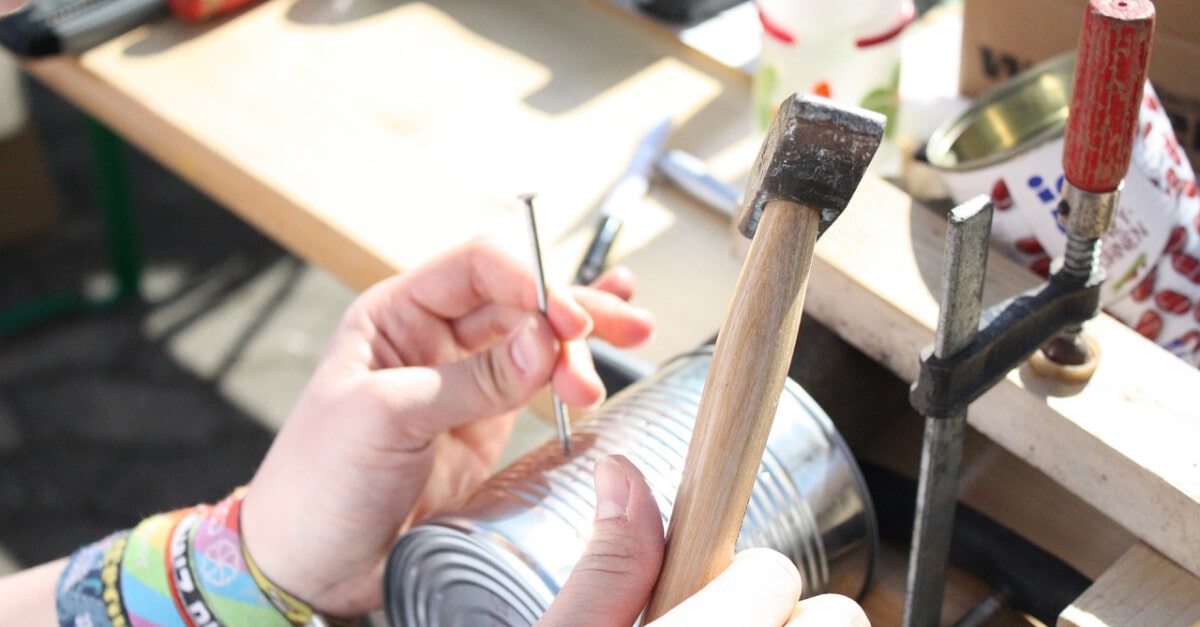Hyundai Motorstudio Senayan Park
Hyundai Motorstudio Senayan Park
Newsroom
The official news from Hyundai Motorstudio Senayan Park and a collection of innovative articles on mobility and sustainability here.
-
Upcycling vs Recycling: The Difference in Process and Material
- Hyundai Motorstudio Senayan Park Senayan Park 2022.10.24
-
Did you know that upcycling and recycling are different? Many people thought that both term is similiar. But, there are few different processes of recycling and upcycling that are no longer used.
In recycling, waste materials such as paper, glass or plastic undergo a change in shape. The paper is crushed, then melted into paper pulp, then dried and can only be used.
For plastics and glass, this is even more difficult, because they must be sent to a processing factory to be crushed and then melted down into raw materials for ready-to-use goods.
Recycle Process
Recycling is the process of reprocessing unused items into other products. For example, processing used bottles into a plastic flower craft.
This recycle process is indeed less complicated than upcycle. Generally, recycle processing is done by collecting unused used goods, then they are destroyed and melted down, then they will be made into other products.
Recycle when viewed in the context of fashion, namely processing unused fashion products using certain methods with the aim of turning them into different products.
The method used in the recycling process in the context of fashion can be in the form of a mechanical or chemical process. This mechanical process is carried out by breaking down or grating fashion products so that they become fibers again so that they can be made into new products.
It is different with the chemical method of recycling in the context of fashion, this involves chemicals, which are generally quite dangerous for the environment because they have to break down fabrics or other fashion products, so that they can be mixed again in a different production process.
Upcycle Process
On the other hand, upcycling is the process of utilizing natural and non-natural objects in the surrounding environment which are processed into new , more valuable products. The context here is that the upcycle process is simpler than the recycle process because it only requires creativity.
For example, water hyacinth which is usually just a weed can be used as a more valuable craft.
From the process of utilizing water hyacinth, it only requires drying and this will not change the shape of the original material. Therefore, this process is included in the Upcycle category.
Just like the information above, upcycle in the context of fashion is the process of processing fashion products into new fashion products, without the need for a decomposition process first.
This upcycle process is more about how to modify, repair, to engineer clothing models, the materials used in them so that they can create a permanent product that has more functional value and commercial value.
This new work that is produced from the upcycle process has a unique nature because it can be a combination of several clothes that are no longer used. Clothes that become 'raw materials' are used clothes that are no longer used, or are damaged in several parts.
This piece of clothing is later collected, then re-created with a creative process, and finally produces a work that is different from the clothing that composes it.
Therefore, with various existing factors, this upcycled clothing does have its own uniqueness.
Upcycling vs Recycling
If you look at it in general, it can be seen that the basic difference between recycle and upcycle is the flow of waste processing.
If in the recycle process, waste materials such as paper, glass or plastic undergo a change in shape. The paper is crushed, then melted into paper pulp, then dried and can only be used.
For plastics and glass, this is even more difficult, because they must be sent to a processing factory to be crushed and then melted down into raw materials from finished goods.
As with recycle, the upcycle process can be said to be a simpler production process. Upcycle only needs creativity to repair an unused item.
For example, dry twigs in the yard, rather than being burned which damages the air, it is better if the twigs can still be used as photo frames or hangers for accessories.
Examples of Upcycling vs Recycling in Fashion Products
Utilization of fashion waste can be done in several ways based on the type of material.
Each type of material or fabric has different characteristics, therefore the products that can be produced from each type of fabric are also different.
1. Examples of Recycle in Fashion Products
Patchwork made with patchwork and quilting techniques is an example of recycled fashion products. The patchwork technique is to combine pieces of cloth that have different colors and motifs into a new form.
On the other hand, the quilting technique is combining fabrics by sewing using an oppressive stitch technique that follows the image on the fabric.
2. Examples of Upcycle in Fashion Products
In contrast to the recycle example, the products that can be produced from the fashion upcycle can be divided into 2 types of products, namely decorative objects and disposable items.
Decorative objects are products that emphasize beauty more than function, such as wall hangings and dolls.
Meanwhile, disposable objects are products that emphasize function more than beauty, such as doormats, mops, or tablecloths.
Fashion products that may be unused or considered useless, can be created to have economic value. For example, some clothing designers use denim patchwork to make the latest clothing fashions.
That's some information about the difference between upcycling vs recycling that can be learned. Both upcycle and recycle are good activities in making the environment more safe and useful.




